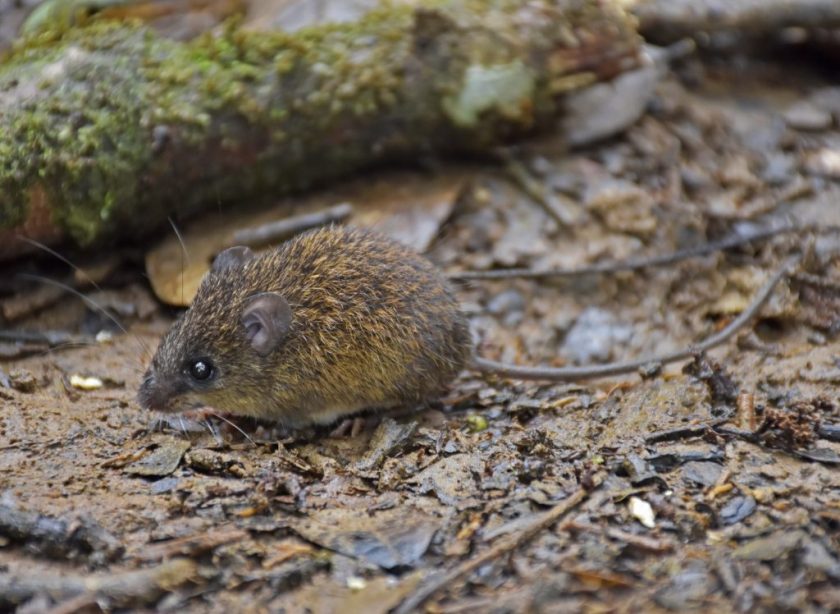Pensoft joined thousands of global conservationists, policymakers, and researchers in Abu Dhabi for the International Union for Conservation of Nature (IUCN) World Conservation Congress, the world’s largest and most influential event dedicated to safeguarding nature and shaping a sustainable future.

Held from the 9th to 15th of September 2025, the event brought together over 10,000 participants from 189 countries under five central themes: Scaling Up Resilient Conservation Action; Reducing Climate Overshoot Risks; Delivering on Equity; Transitioning to Nature-Positive Economies and Societies; and Disruptive Innovation and Leadership for Conservation.
Numerous concrete steps towards advancing conservation were taken at the event, from the adoption of a 20-year Strategic Vision for the Union, to the Abu Dhabi Call to Action outlining key global priorities, to announcing Panama as the host of the next World Protected and Conserved Areas Congress in 2027.
Pensoft’s involvement
Represented by Prof Lyubomir Penev (Founder and CEO), Maria Kolesnikova (Marketing and Sales Manager), and Denitsa Peneva (Scientific Illustrator), Pensoft took part in the Congress with a dedicated booth, engaging attendees in conversation about how open science, innovative publishing, and collaborative research can drive conservation.

Pensoft’s exhibit placed a strong emphasis on restoration and ecological research, showcasing the publisher’s active role in international initiatives supporting biodiversity recovery and sustainable ecosystem management. Numerous illustrated materials were available for attendees to browse through and take home.
A key feature of the booth was Pensoft’s participation in Horizon 2020 projects such as REST-COAST, which aims to restore and safeguard coastal ecosystems through innovative, large-scale nature-based solutions. Alongside the company’s project involvement, visitors explored Pensoft’s diverse range of open-access journals, including Nature Conservation, One Ecosystem, Estuarine Management and Technologies, NeoBiota, and the newly launched Individual-based Ecology.

Two sessions at the event presented Pensoft-partnered EU projects, highlighting the critical connection between science, policy, and practice: the first, Bridging Science and Policy: European Action for Biodiversity and Climate Goals was a collaborative effort of the COOP4CBD, BIOAGORA, RESPIN, and TRANSPATH projects; and the second was REST-COAST’s Advancing Large Scale Restoration Programmes Through Sharing Insights of EU Funded Nature Restoration Projects.
A platform for lasting impact
One of the most anticipated events on the calendar, the IUCN Congress was a fantastic event that looked to the future of collaborative global conservation. For Pensoft, participation in Abu Dhabi reaffirmed its mission to foster open, accessible, and data-driven knowledge to support efforts to protect and restore our planet’s ecosystems.
The conversations, collaborations, and commitments shared at IUCN 2025 will continue to shape the publisher’s approach to science communication and innovation going forward.
Relive highlights of the conference on Bluesky and LinkedIn using the hashtag #IUCNcongress.















































 Original source:
Original source: